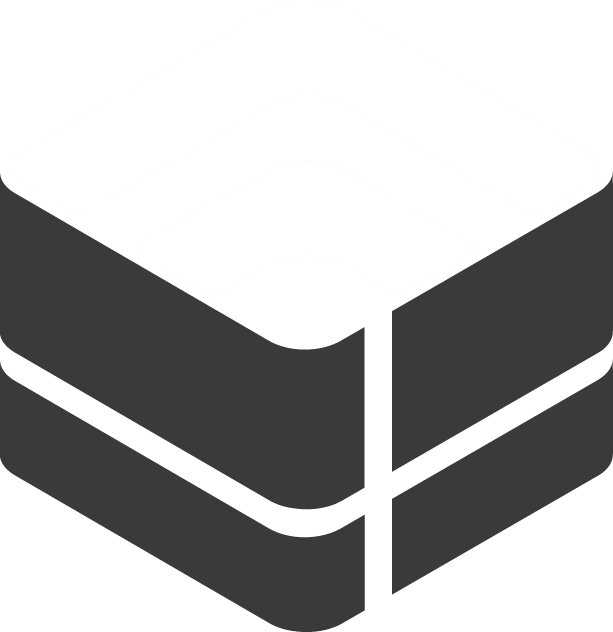Table of Contents
- Desktop Portal Version Differences
- Frequently Asked Questions
- "Do I need to uninstall the old portal before installing the new version?"
- "When should I deploy version 5?"
- "Is version 5 still a security vulnerability risk?"
- "I see both a Tech and Client Portal for the desktop. What's the difference?"
- "Version 5 for MacOS is not available. When will DeskDirector release it?"
Desktop Portal Version Differences
 Updated
by Niamh Ferns
Updated
by Niamh Ferns
- Desktop Portal Version Differences
- Frequently Asked Questions
- "Do I need to uninstall the old portal before installing the new version?"
- "When should I deploy version 5?"
- "Is version 5 still a security vulnerability risk?"
- "I see both a Tech and Client Portal for the desktop. What's the difference?"
- "Version 5 for MacOS is not available. When will DeskDirector release it?"
Desktop Portal Version Differences
Version 5
Portal v5 is built based on Microsoft's WebView2, which uses Chromium and C# (.NET).
Compared to Electron-based apps, WebView2 provides a stronger security model - the web portion of the app cannot directly access your operating system. Instead, any interaction between the Chromium web view and the C# desktop components happens through a controlled communication protocol.
Pros:
- Stronger security by design: The web app can’t directly interact with your operating system. It can only request specific actions through a strict communication channel, which reduces the risk of unintended access.
- Native Azure AD support: Just like Microsoft Edge, Portal v5 can use your existing Windows sign-in. If your PC is logged in with your corporate Microsoft 365 account, authentication is typically seamless
- Improved Notifications: When new messages arrive or a new chat starts, Portal v5 can send alerts using Windows’ built-in notification system.
- Chromium stays current: WebView2 is installed separately and can be kept up to date. This reduces the need for the type of major desktop client upgrades from previous Desktop Portal versions (WebView2 is installed separately; you can choose to install the evergreen version.)
- Local Branding Configuration: You no longer need to wait for a branding team/system to generate a custom installer package. You can use the universal installer and attach the branding image you want.
- The installer can manage and repair the desktop shortcut as part of installation or re-installation.
- You still retain the same core functionality available in Portal v3 and v4 - plus the improvements above.
- Cons:
- Any bug fixes for the communication protocol used by WebView2 or native logic will require redeployment. (This is true for all desktop portal versions.)
Version 3 & 4
Any pros and cons here are strictly for historical purposes only.
Portal v2~v4 were built based on Electron. Electron is a framework to create desktop applications based on an existing web application through Chromium and NodeJS. In short, it turns a website into a desktop application and is used by many modern desktop applications. A common example being the Microsoft Enterprise version of Teams.
See contextIsolation setting.
Pros:
- Single install location:
C:\Program Files - Single app inside uninstall application list
- Portal is always up-to-date with Web Portal. The Web Portal is directly embedded into the desktop app rather than bundled with the installer. The web Portal is desktop-aware, so everything still works as you would expect.
- Supports a terminal server
- The application logo will always be up-to-date (fetched during app startup), so there's no need to wait for the auto-update cycle
- Easy to uninstall. Hit uninstall, and everything related to Portal will be removed. (This can easily be done via an RMM.)
- Installation plays well with RMM tools
- Single installer
Cons:
- Desktop shortcut icon, application name, or hotkey combination won't be automatically updated. It will require re-deployment.
- Any fixes or updates to desktop portal-specific features require re-deployment. Such as
- Active Directory login
- ScreenConnect integration
- Sticky notifications
- Screenshot functionality
- Any update to the rendering engine of Portal for Desktop requires re-deployment
Portal v2
Any pros and cons here are strictly for historical purposes only.
Pros:
- Auto-update: Any changes to desktop-specific code (screenshots, AD auth, etc) will be deployed automatically
- Auto-update Branding: Any logo, icon, or hotkey changes will be deployed automatically
Cons:
- Multiple portal installations appear inside the installed app list
- Multiple install locations. There is an application installed inside
C:\Program Filesand the app is installed under%LocalAppData%. - When uninstalling, some leftover data remains that needs to be removed manually.
- Problems can occur with Windows permission restrictions during installations or updates.
- The Desktop Portal is always behind the Web Portal's release cycle
- Terminal Server is not supported (due to the install location being inside Local App Data)
- Multiple installers for the same portal, not easy to figure out which one for which situation
Frequently Asked Questions
"Do I need to uninstall the old portal before installing the new version?"
Yes, for the best experience and to avoid any errors, please:
- Uninstall any previous versions
- Check C:\Program Files and C:\Program Files (x86) to make sure there are no residual files. (Delete any remaining if needed.)
- Reboot your machine
You can now proceed to install version 5
"When should I deploy version 5?"
If you are not already using V5, we highly recommend that you move over. V4 and below will not work on most systems moving forward due to not receiving updates. In addition, our product support team will not provide any support for V4 or below.
"Is version 5 still a security vulnerability risk?"
At the time of writing this, no known security vulnerabilities exist. Compared to Node.js (JavaScript), C# is managed code. In layman's terms, this means the environment is stricker and there are more guardrails to prevent mistakes from happening. If any exception is not handled, the application will crash rather than allowing unwanted malicious behaviour.
"I see both a Tech and Client Portal for the desktop. What's the difference?"
The Desktop Portal for Techs is similar to the Client Portal, but for your service agents. Since it has deep integration with Azure AD. Compared to the Client Portal, it also has support for vertical tabs.
"Version 5 for MacOS is not available. When will DeskDirector release it?"
WebView2 is currently only available for Windows. Microsoft have unfortunately decided not to release it on macOS or Linux. There are some alternatives here.
